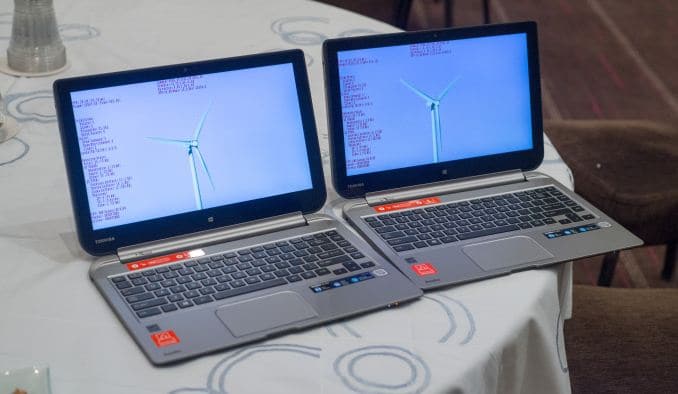Since time immemorial, gamers have struggled with refresh rates. Low refresh rate gives a jerky image while high ditto can give rise to so-called tearing, where partially drawn frames cause graphics errors. Admittedly, this can be cured V-sync, but this on the other hand introduces delays.
Nvidia promises to fix the problem with G-Sync technology, which enables the graphics card to control the screen refresh rate. The problem is that this only works with a Geforce in combination with a compatible screen, which is currently several thousand bucks more expensive than the standard models.
At CES 2014, it appears that AMD is not on the lazy side but plans to introduce a corresponding feature, but that is far from the whole story. According to AMD, there is already a feature in the VESA standard that makes this possible – completely free and without any special hardware.
In a short presentation, AMD’s Chief Technology Officer Raja Koduri announces that support for dynamic refresh rates has been in the company’s graphics sections ever since the Radeon HD 5000 series. It’s about the ability to control the length of Vblankand let the graphics card pause when no new content needs to be drawn on the screen, which was originally used as a power saving feature.
AMD believes that the dynamic refresh rate of the VESA standard can be combined with triple buffering to provide the same experience as the Nvidia G-Sync, completely without any licensing costs or extra hardware. This is what AMD calls Freesync and should work with display panels that support this part of the VESA standard, that is, some, but far from all displays.
The demonstration uses the Toshiba Satellite Click laptop with integrated graphics from the AMD A series, without any modifications. At the same time, AMD has already implemented support for dynamic refresh rates in the latest drivers, which means that all parts of the necessary parts of the technology are already available to users.
However, AMD does not reveal the future plans for the technology, but sees the whole thing as an early demonstration of what can be achieved with variable Vblank in combination with trip buffering.
Source: Anandtech.















